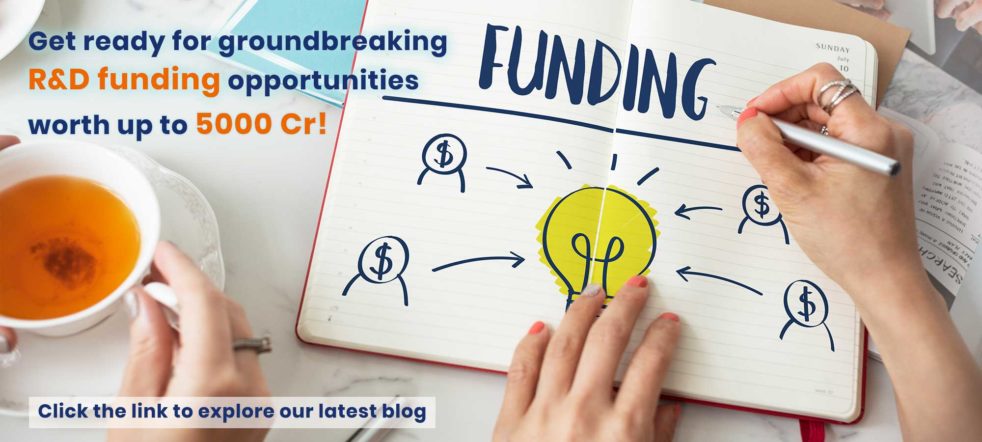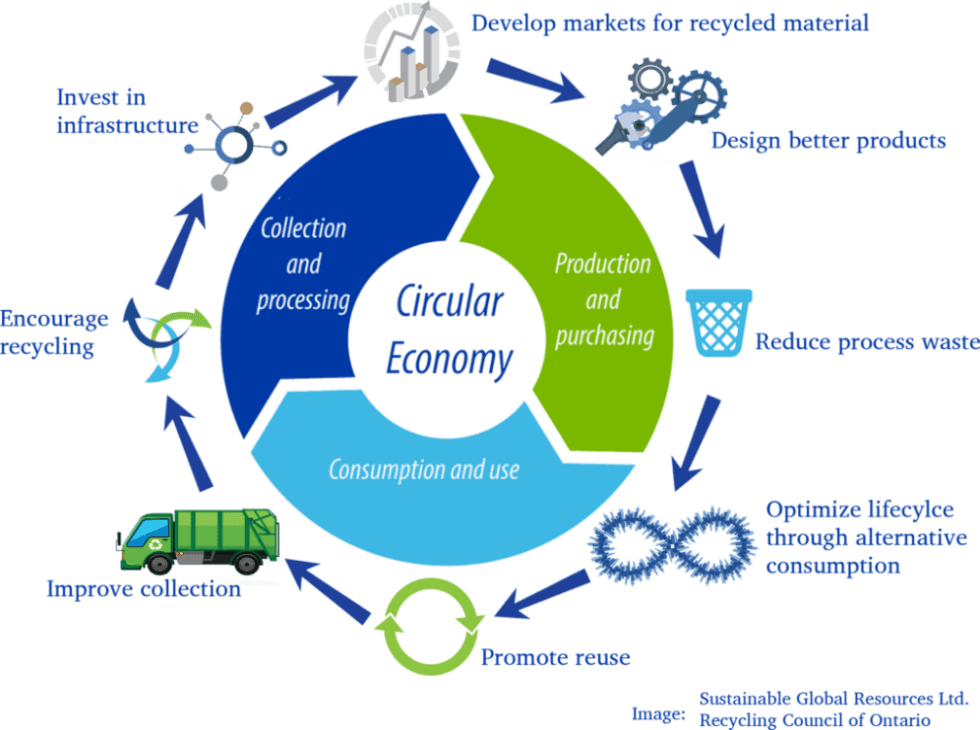Adar Poonawalla was recently included in ‘Fortune magazine’s 40 under 40’ listing in the healthcare category. He recently came into limelight when the Covishield vaccine which was developed by Astra Zeneca with Oxford University began to be manufactured by the Serum Institute of India, the world’s largest vaccine manufacturer. Mr Poonawalla became the CEO of SII in 2011, which was initially founded by his father, Cyrus Poonawalla in 1966. In 2014 SII launched and initiated the Oral Polio vaccine which became the company’s bestseller.
The Institute is currently producing 50 million doses of Covishield a month and according to its CEO Adar Poonawalla, is aiming for a production of 100 million does a month after regulatory approval.
Adar Poonawalla has received several awards for his work in the health industry including the ‘Business Leader of the year’ award as part of the ET Edge Maharashtra Achievers Awards





